How does automation make the specialty coffee sector more productive?
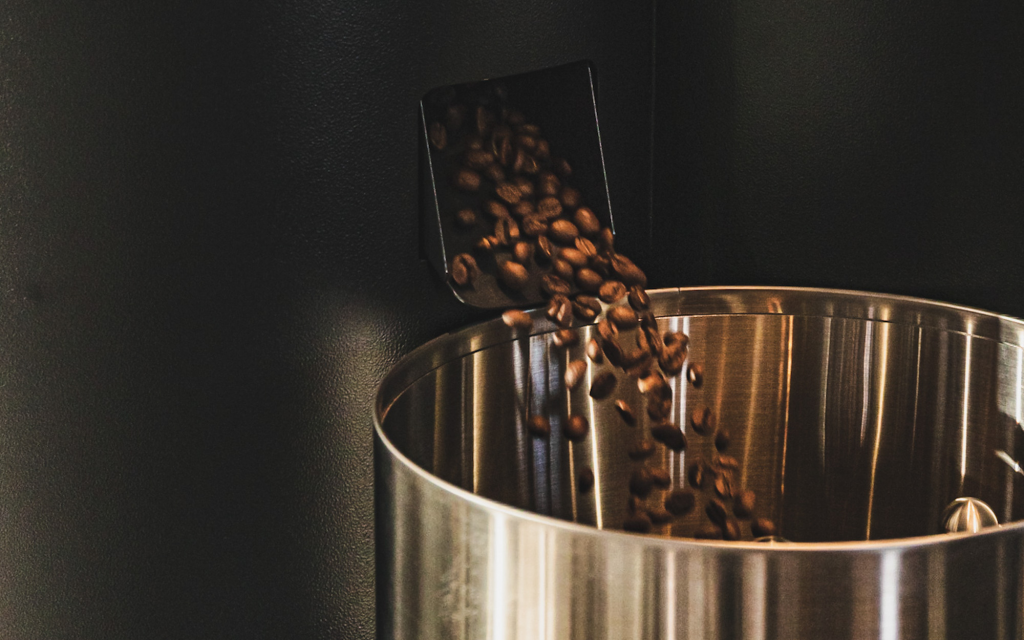
Over the past few years, the global coffee industry has undergone many changes. One of the most prominent is an increasing move towards automation and technology.
During this period, we have seen the uptake of automated systems and technologies grow across every level of the coffee supply chain – from production to roasting to brewing. And while the skills and expertise of industry professionals are still an essential part of specialty coffee, it’s safe to say that relying on technology only serves to support the work they do.
A large driver for automation in the coffee industry is the aim to improve both productivity and consistency. To learn more, I spoke to three coffee professionals from across the sector. Read on to find out what they had to say.
You may also like our article exploring automation in coffee roasting.
How do roasters and coffee shops rely on automation?
Of all the actors across the supply chain, roasters and coffee shops tend to use automation and technology the most. There are a number of reasons for this.
For many years, coffee professionals would roast by eye, relying on audible and visual cues to develop their roast profiles. Essentially, this meant roasters were often glued to their machines – constantly watching and listening as they roasted coffee.
However, more recently, automation has become more prevalent in coffee roasting. While the knowledge of roasters is still essential for roasting specialty coffee, more and more of them are using automated technology in tandem with their skills.
Dr. Elizabeth Tomasino is an Associate Professor of the Department of Food Science & Technology at Oregon State University. She explains how using technology to create pre-set roasting parameters has become especially apparent over the past few years.
“Roasters like Stronghold have dual heat sources, which provide multiple ways to roast coffee,” she says. “You can easily set parameters for the preferred roast profile, so it greatly reduces any potential for human error.
“However, you have to set the specifications correctly, so there is still the need for an experienced roaster,” she adds. “But once you have a roasting curve, the machine can consistently roast coffee to a specific profile.”
In turn, roasters have been able to free up more of their time to focus on other areas of their business, and thereby improve productivity. Some of these areas include:
Interacting with customers
Managing wholesale clients
Developing new blends or products
Experimenting with roast profiles
Improving consistency
Guillame Langloy is the CEO at Loutsa Torréfacteur in Lyon, France. He explains how the push for more consistency has been one of the biggest drivers for more automation in coffee roasting.
“We launched Loutsa around four years ago, and we roast at all of our ten locations,” he says. “To roast consistently at all ten sites, we had to try using many different machines.”
Elizabeth agrees, saying: “Automation has the potential to improve consistency in coffee.
“For instance, when roasting coffee for research, we use the Stronghold S7 because it produces the most consistent roast profiles between batches,” she adds. “This is especially important for research because most of the variables need to remain the same.”
Coffee shops
For coffee shops there are a range of tools which baristas and business owners can use to improve efficiency. Some of these include:
Contactless payment systems
App or online ordering
Automated brewers, tampers, and milk foaming solutions
As well as these systems, another important change over the last few years has been a push for more automation in the espresso machine.
“There have been many improvements behind the bar, including the ability to have more control over extraction variables,” Guillame explains. “These include pressure profiling, flow rate, and brew temperature.”
Ultimately, more control over extraction variables allows baristas to get the best results from a coffee – and thereby enhances the consumer experience.
“When working with specialty coffee, compromising on quality is not something you are prepared to do,” Guillame says. “So, if a certain technology improves quality, while also delivering on efficiency, then it will be widely accepted by coffee professionals.”
What about automation in other areas of the coffee supply chain?
As well as roasting and brewing, we have seen a rise in automation at nearly every step of the coffee supply chain. In essence, automation has helped to bridge gaps wherever there is demand for improving consistency and efficiency – and this includes in coffee production.
Wilford Lamastus is a producer at Lamastus Family Estates, a world-renowned coffee farm in Panama. He tells me more about some of the technologies that he uses, which includes Stronghold roasters.
“We use colour sorters and similar technologies that have been around for many years,” he says. Colour (or optical) sorters are used to identify any defective green coffee beans so they can be removed, thereby retaining quality.
“Mechanical and gravimetric sorters can also be used to pick out any defective or broken beans,” Wilford adds. “When roasting, we use electric sample roasters to assess coffee quality and consistency.”
Sample roasting is when coffee professionals roast a small batch of coffee to understand more about its characteristics, as well as if there are any defects present. Moreover, it can be a useful tool for coffee producers to learn more about applying farming best practices, and thereby improve quality and consistency.
Wilford also mentions that Stronghold’s automated roasting technology can help both producers and roasters to maintain coffee quality with a number of batch sizes.
In recent years, the use of artificial intelligence has become particularly prominent. For example, AI software can be used to create a sensory digital fingerprint of a particular coffee – effectively allowing producers to know what a coffee will taste like before cupping it.
What does the future hold for automation in coffee?
More automation on the farm, in the coffee shop, and at the roastery means that consistency in the specialty coffee industry is improving.
However, Guillame emphasises that alongside the general move towards automation, training is also paramount to maintaining coffee quality.
“The only way to ensure we deliver on coffee quality is through training and a very strict quality control process,” he tells me. Ultimately, this ensures that coffee quality is upheld throughout the supply chain – meaning the end consumer can enjoy a coffee’s full potential.
“All steps of the value chain have the potential to affect coffee flavour,” Elizabeth says. “They are all interrelated – it’s rare that one step in particular produces a specific flavour, but more so the combination of multiple steps.
“However, if a coffee isn’t roasted properly then you lose a lot of its inherent qualities and characteristics,” she adds.
This highlights the importance of using a high-quality roaster which produces consistent results – a trend which is sure to continue growing.
“Software and technology in roasters like the Stronghold S7 roaster produce some of the most consistent and repeatable results when using the same batch of coffee,” Elizabeth says.
Benefits of automation
For roasters, relying more on automated technologies means more room to experiment with smaller batch sizes. In turn, roasters can diversify their offerings and potentially sell a wider range of products.
Moreover, with less manual labour needed to roast coffee, there is a reduced margin of error – which means consistency is likely to keep improving. Similarly, the risk of contamination also decreases, helping roasters comply with health and safety regulations.
At any level of the supply chain, if a task is too repetitive, it can be automated – and most likely will be in time. By doing so, we decrease labour costs, giving coffee professionals more time to focus on other areas of their businesses.
In theory, this will provide producers, roasters, and baristas with the ability to keep driving innovation and push the specialty coffee industry forward even more.
There’s no telling where automation will take the specialty coffee industry next. However, for the time being, roasters, baristas, and coffee farmers alike are sure to keep embracing automation.
It’s clear that automation has a part to play in the future of coffee. And one thing is for sure – without it, specialty coffee would not look the same, and likely wouldn’t have the capacity to be as innovative and forward-thinking as it is today.
Enjoyed this? Then read our article on why some coffee roasters are switching to electric machines.
Photo credits: Stronghold
Perfect Daily Grind
Please note: Stronghold is a sponsor of Perfect Daily Grind.
Want to read more articles like this? Sign up for our newsletter!
The post How does automation make the specialty coffee sector more productive? appeared first on Perfect Daily Grind.
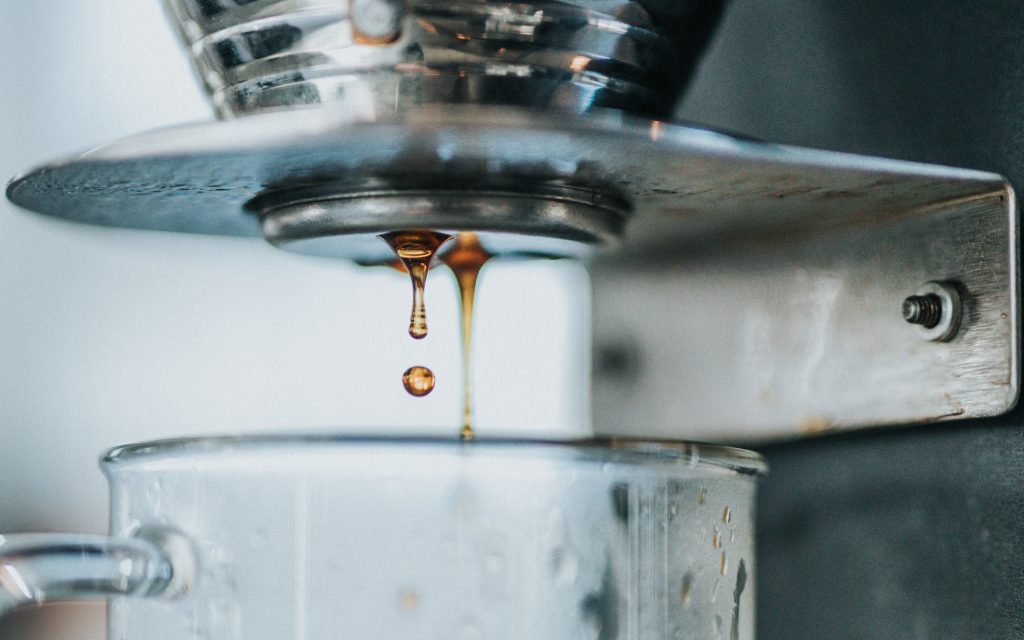
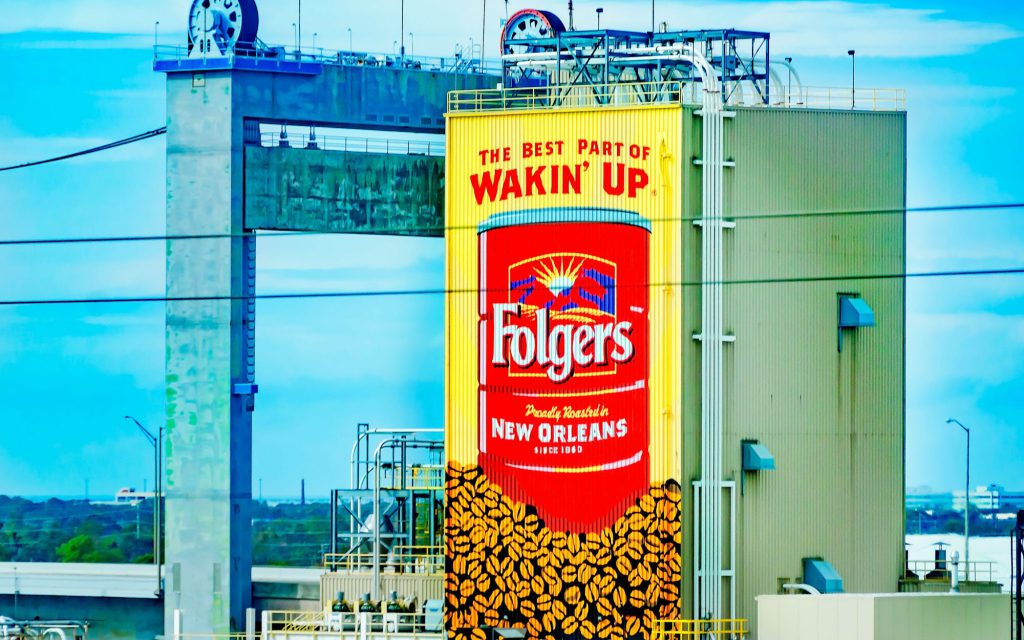

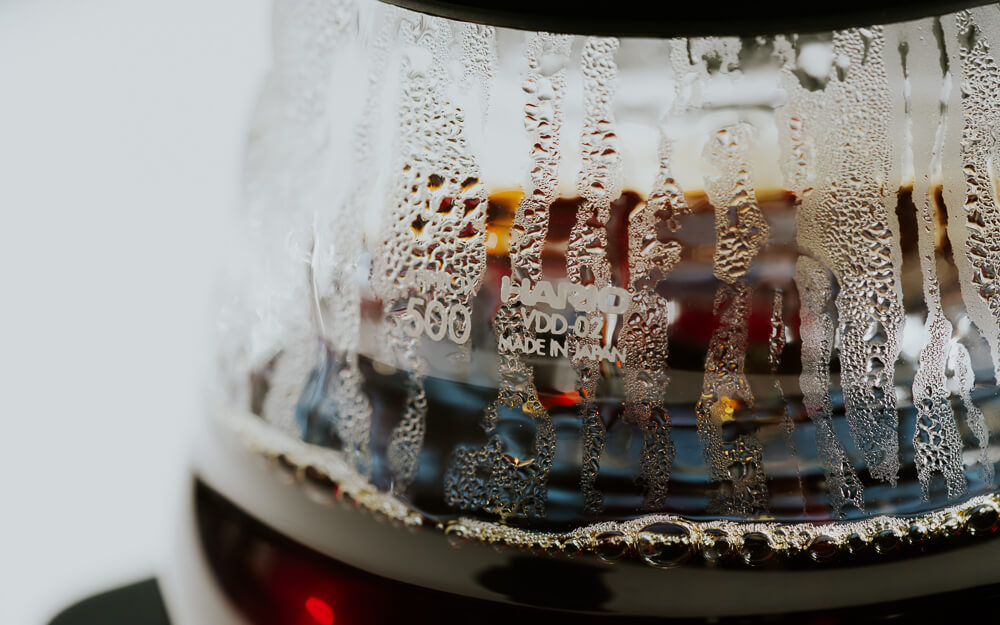
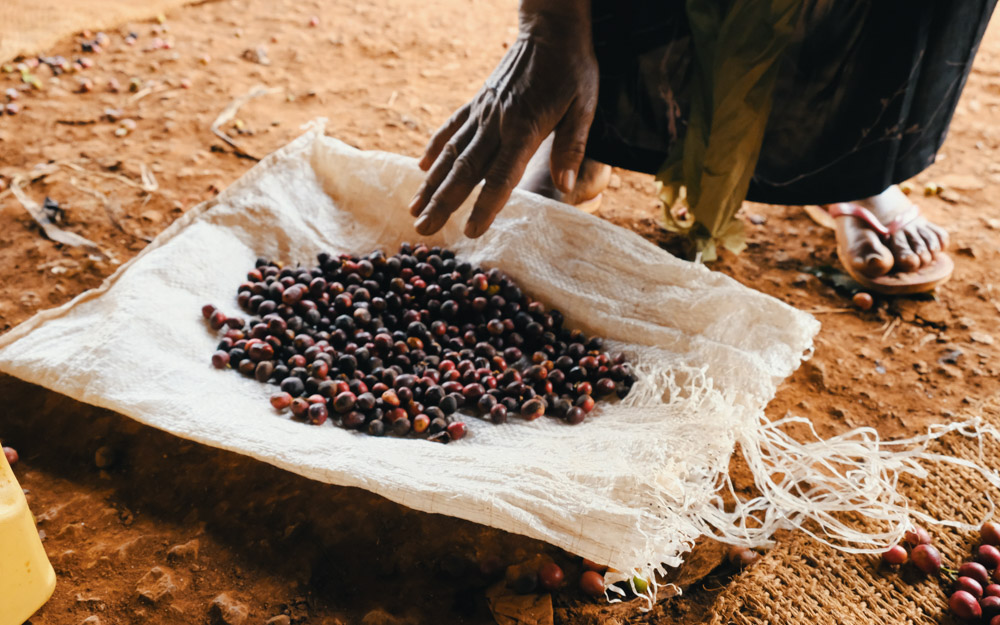
Responses